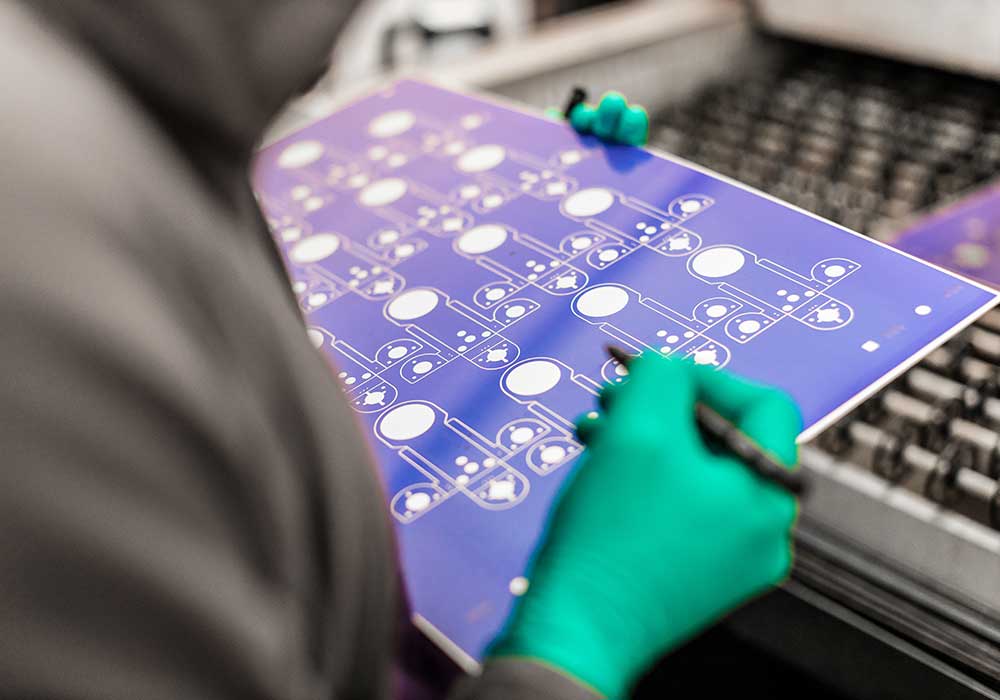How the Cost of Chemical substance Etching Is Computed
Chemical etching costs would be the sum of a number of elements, metal and photoresist, labour (including engineering), technical costs and machine time; not forgetting expenses which comprise of chemistries, water, strength and waste treatment, as well as the usual service and administration functions.
Raw material costs are likely to vary drastically in price. Needless to say, standard levels of stainless-steel, dime silver and brass are going to be significantly less expensive than exotic metals, such as be (symbol), molybdenum, titanium and condition memory metals.

Etching consists of a blend of procedures, which mainly are made up of sheet sizing and tooling, cleaning, photoresist lamination, publishing, developing, picture decoration and stripping.
Virtually every process has a labour content, creating this a substantial component of the overall cost. The work is virtually the same whatever the sheet size and for this reason, sheet dimensions are an important factor in image etching costs.
Components are costed by the sheet, meaning smaller components or larger linen sizes yield lower unit costs. Nevertheless, the larger the page the more the dimensional tolerance across that sheet, meaning remarkably tight tolerances are generally only possible in smaller linen sizes.
In digesting, parts can be supplied both tabbed into the linen or loose, with tabbing facilitating lower plating costs and reduced packing.
Material thickness is another important cost consideration, since the thicker the part the longer it takes to etching. Components above one. 5mm thick are usually seen as uneconomical to chemically etch.
The ultimate key cost element, as with all competitor machining processes, is volume, with price reducing significantly when sheet quantities achieve the 10s or 100s.
It is worth noting that the price of chemical decoration can be extremely competitive when compared to other processes, such as stamping or laserlight profiling. Unlike stamping, which requires hard tooling; chemical decoration relies on digital tooling that is more economical and far faster to produce. Digital photograph tools are a one-off cost for traditional image decoration, but now with Laser Direct Imaging, you don't need to for picture tools in a sizable number of projects.
A person should also remember that whereas laser profiling is a geradlinig process charged by time and therefore by the ", etching is simply charged by the sheet. Simultaneous engineering of components means photograph etching deals with increasing complexity at no expense and also allows multiple designs to be prototyped on one linen.
In short, the costing process is a difficult one, in case you provide the five factors, material, thickness, part size, tolerances and quantities, the chemical substance etching process could provide the most economical way to manufacture your components.
To know more details visit here: photo etching stainless steel
Comments
Post a Comment